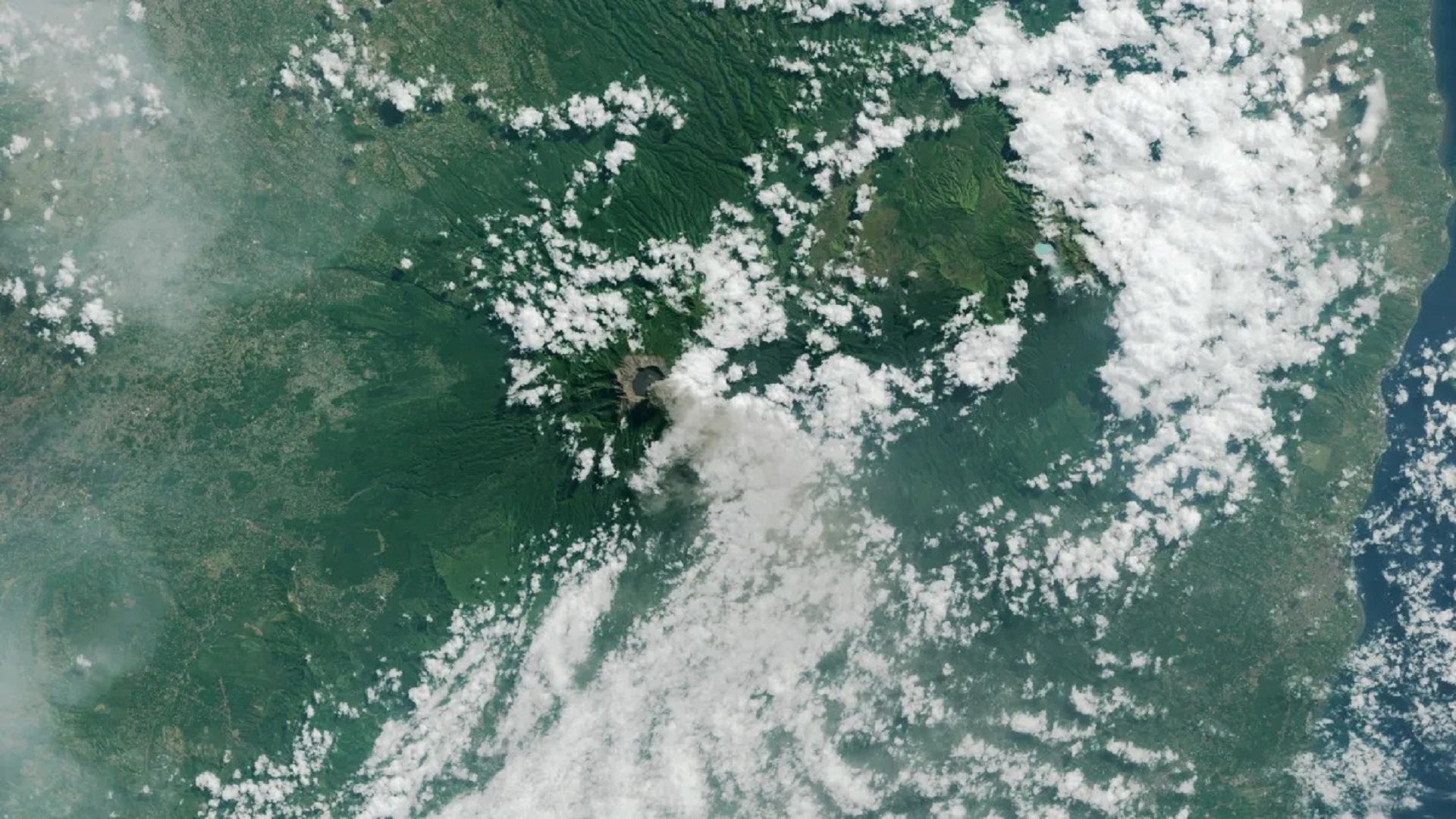Science
NASA’s AI Satellite Makes Autonomous Decisions in 90 Seconds

NASA has achieved a significant milestone in satellite technology with the successful demonstration of a new autonomous system that allows satellites to make real-time decisions without human intervention. During a recent test, a satellite utilizing the Dynamic Targeting technology was able to detect, analyze, and act on its surroundings in less than 90 seconds. This breakthrough represents a major advancement in how space agencies can collect scientific data.
Dynamic Targeting: A New Era for Satellites
Developed over the past decade at NASA’s Jet Propulsion Laboratory, the Dynamic Targeting system equips orbiting spacecraft with the ability to autonomously identify areas of interest. Instead of capturing everything below, the artificial intelligence processes visual data in real time, identifying significant features such as clouds or wildfires. This innovative approach allows satellites to prioritize their observations, ultimately enhancing the quality of data collected.
The recent test involved the CogniSAT-6, a compact CubeSat launched in March 2024 by UK-based Open Cosmos. The satellite mimicked a forward-looking imager by physically tilting itself 40 to 50 degrees to examine its orbit ahead. By scanning for cloud cover up to 300 miles ahead, the satellite could determine when to capture images of the Earth’s surface. If clouds obstructed the view, the satellite conserved its resources for clearer opportunities.
Steve Chien, AI technical fellow at JPL and project lead, emphasized the system’s advanced capabilities: “Instead of just seeing data, it’s thinking about what the data shows and how to respond.” This level of autonomy is particularly beneficial for Earth-observing satellites, which frequently face the challenge of cloud cover that hinders visibility.
Future Applications and Expanding Horizons
With the successful demonstration of avoiding clouds, NASA plans to explore additional applications for Dynamic Targeting. Future tests will focus on identifying rapidly forming weather phenomena, such as deep convective ice storms. This is a challenging task for conventional satellites, as these events can change swiftly and require immediate observation.
The onboard algorithms will be trained to recognize specific storm structures, enabling the satellite to collect high-resolution data of these events as they unfold. Moreover, the technology will be applied in detecting thermal anomalies, including wildfires and volcanic eruptions, which often require timely monitoring.
NASA’s long-term vision for Dynamic Targeting extends beyond Earth as well. The agency is investigating how the technology could assist in planetary science missions. Potential applications include locating geysers on icy moons, identifying plumes around comets, and observing dynamic dust storms on Mars. The initial concept drew inspiration from ESA’s Rosetta orbiter, which utilized similar AI techniques to detect and image plumes from Comet 67P.
In addition, NASA is developing a project called Federated Autonomous Measurement, which aims to integrate this technology across satellite constellations. In this system, a leading satellite could detect an event and relay data to subsequent satellites, enabling them to adjust their focus and capture coordinated observations of significant phenomena.
The advancements made through Dynamic Targeting not only promise to enhance the efficiency of satellite missions but also pave the way for a new era of autonomous space exploration. As these technologies continue to evolve, the potential for groundbreaking scientific discoveries expands, ultimately contributing to a deeper understanding of both our planet and the cosmos beyond.
-

 Lifestyle3 months ago
Lifestyle3 months agoLibraries Challenge Rising E-Book Costs Amid Growing Demand
-

 Sports3 months ago
Sports3 months agoTyreek Hill Responds to Tua Tagovailoa’s Comments on Team Dynamics
-

 Sports3 months ago
Sports3 months agoLiverpool Secures Agreement to Sign Young Striker Will Wright
-

 Lifestyle3 months ago
Lifestyle3 months agoSave Your Split Tomatoes: Expert Tips for Gardeners
-

 Lifestyle3 months ago
Lifestyle3 months agoPrincess Beatrice’s Daughter Athena Joins Siblings at London Parade
-

 World3 months ago
World3 months agoWinter Storms Lash New South Wales with Snow, Flood Risks
-

 Science3 months ago
Science3 months agoTrump Administration Moves to Repeal Key Climate Regulation
-

 Science2 months ago
Science2 months agoSan Francisco Hosts Unique Contest to Identify “Performative Males”
-

 Business3 months ago
Business3 months agoSoFi Technologies Shares Slip 2% Following Insider Stock Sale
-

 Science3 months ago
Science3 months agoNew Tool Reveals Link Between Horse Coat Condition and Parasites
-

 Sports3 months ago
Sports3 months agoElon Musk Sculpture Travels From Utah to Yosemite National Park
-

 Science3 months ago
Science3 months agoNew Study Confirms Humans Transported Stonehenge Bluestones









